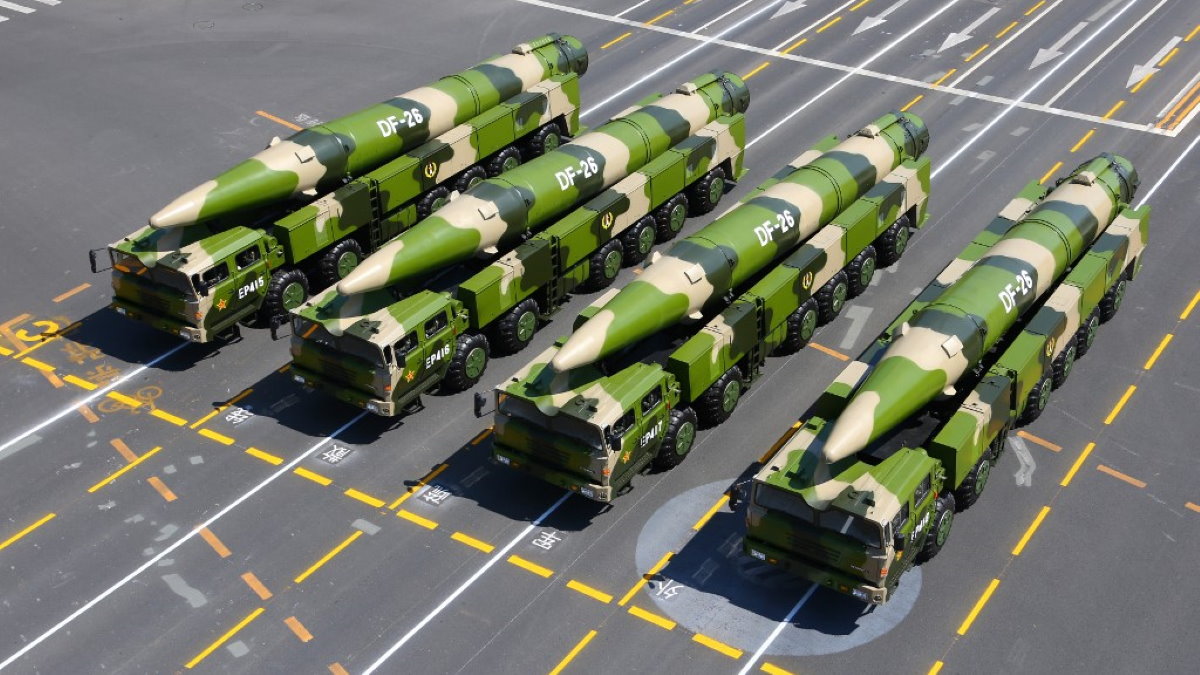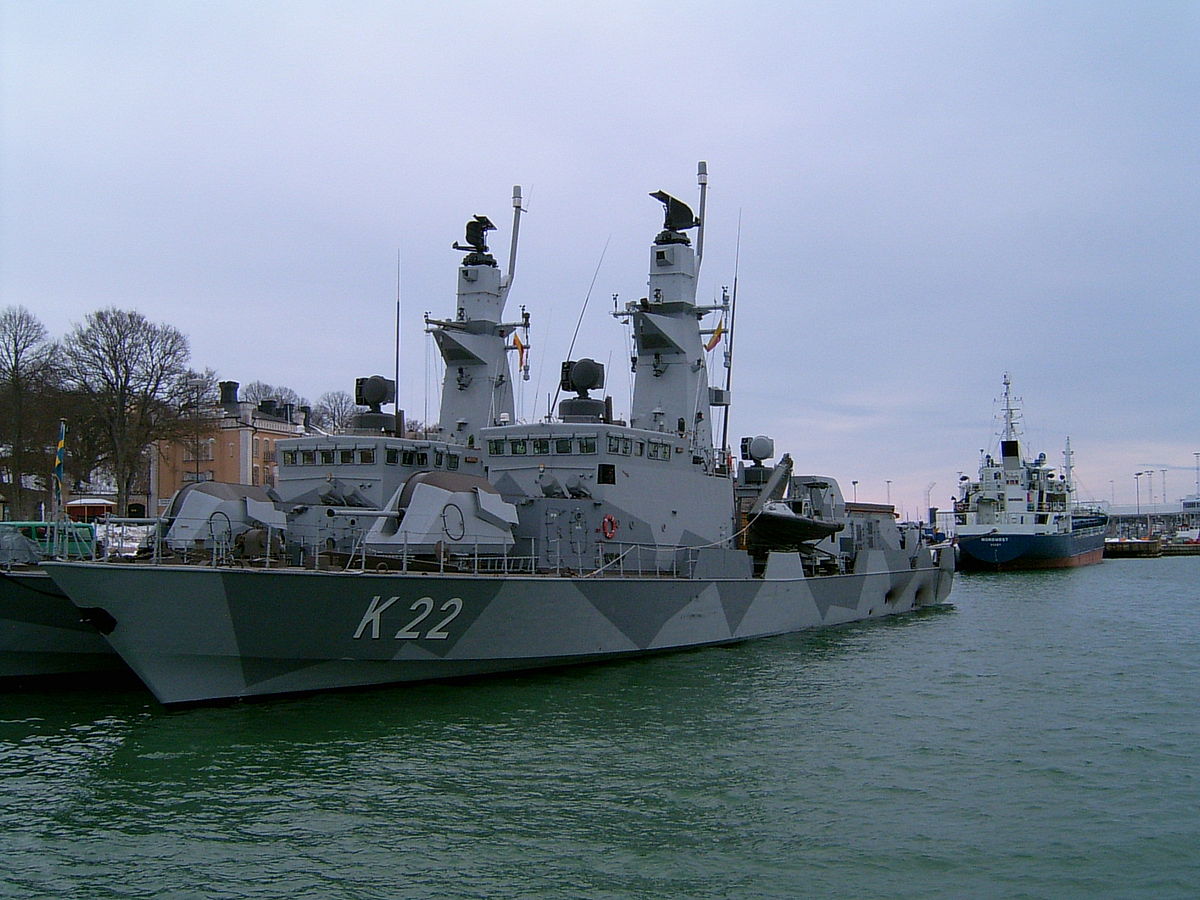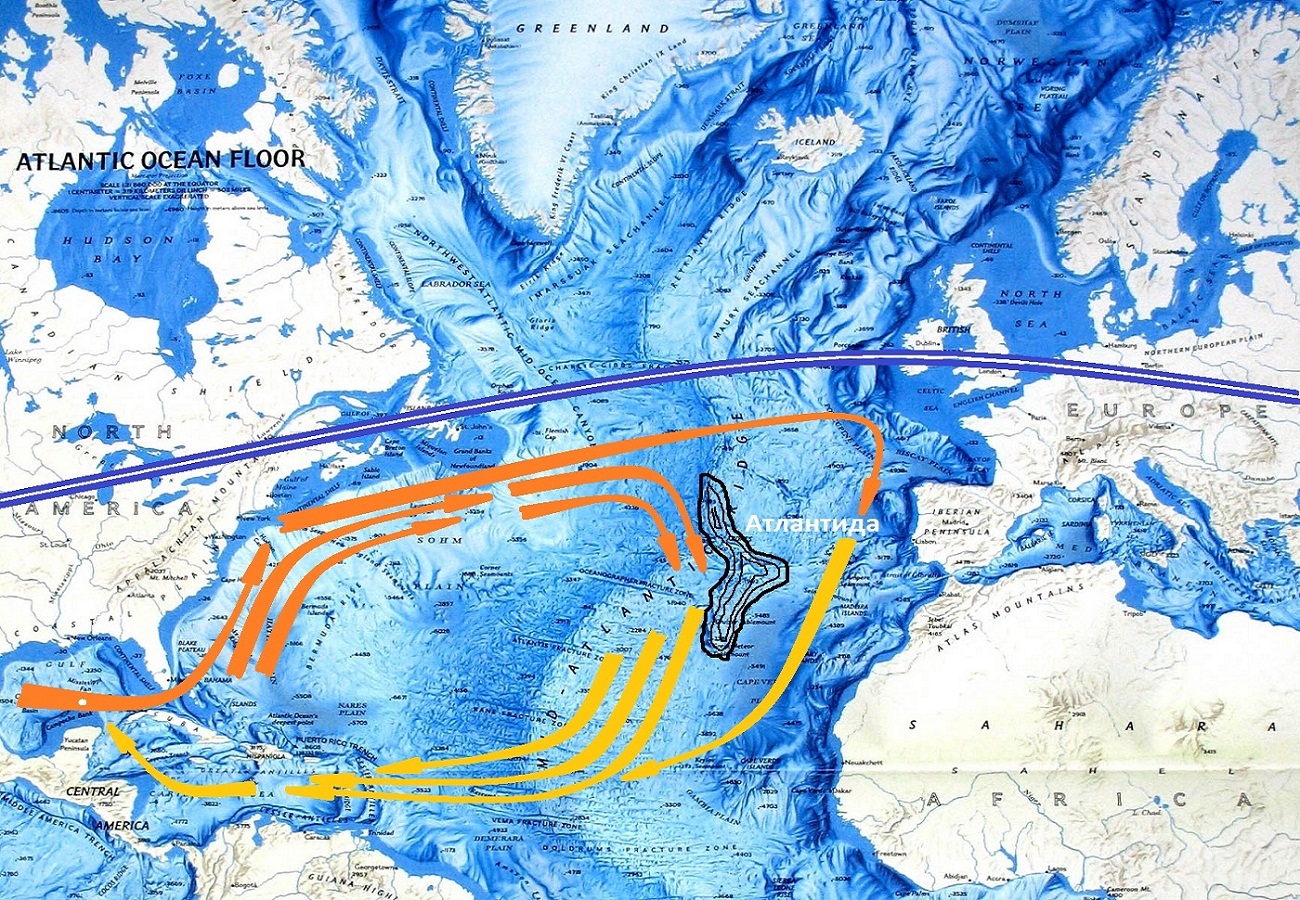
Chinese ballistic anti-ship missiles

Launcher of anti-ship ballistic missiles DF-21D at the parade in Beijing.
There is a kind of inverse relationship between the development of the People's Liberation Army's navy and the evolution of Beijing's political aspirations - the stronger the navy, the greater the Chinese ambition to control the maritime areas adjacent to mainland China, and the greater the political aspirations. , the more a strong fleet is needed to support them.
After the formation of the People's Republic of China, the main task of the People's Liberation Army Navy (MW CHALW) was to protect its own coastline from a possible amphibious assault that could be carried out by the US armed forces, which was considered the most dangerous potential adversary at the dawn of Mao Zedong's state. However, since the Chinese economy was weak, there was a shortage of qualified personnel both in the army and in industry, and the real threat of an American attack was small, for several decades the backbone of the Chinese fleet was mainly torpedo and missile boats, then also destroyers and frigates. , and conventional submarines, and patrol and speeders. There were few larger units, and their combat capabilities did not deviate from the standards of the end of World War II for a long time. Consequently, the vision of confrontation with the US Navy on the open ocean was not even considered by Chinese naval planners.
Certain changes began in the 90s, when China purchased from Russia four relatively modern Project 956E / EM destroyers and a total of 12 equally combat-ready conventional submarines (two Project 877EKM, two Project 636 and eight Project 636M). ), as well as documentation of modern frigates and destroyers. The beginning of the XNUMXth century is the rapid expansion of the naval MW ChALW - a flotilla of destroyers and frigates, supported by naval rear units. The expansion of the submarine fleet was somewhat slower. A few years ago, China also began the tedious process of gaining experience in operating aircraft carriers, of which there are already two in service and a third under construction. Nevertheless, a possible naval confrontation with the United States would mean an inevitable defeat, and therefore non-standard solutions are being implemented to support the potential of the Navy, which could compensate for the advantage of the enemy in naval weapons and combat experience. One of them is the use of ballistic missiles to combat surface ships. They are known by the English acronym ASBM (anti-ship ballistic missile).

Reloading a DF-26 rocket from a transport-loading vehicle to a launcher.
This is by no means a new idea, because the first country that became interested in the possibility of using ballistic missiles to destroy warships was the Soviet Union in the 60s. There were two main reasons for this. Firstly, the potential adversary, the United States, had a huge advantage at sea, especially in the field of surface ships, and there was no hope of eliminating it in the near future by expanding its own fleet. Secondly, the use of ballistic missiles excluded the possibility of interception and thus radically increased the effectiveness of the attack. However, the main technical problem was the sufficiently accurate guidance of a ballistic missile to a relatively small and mobile target, which is a warship. The decisions made were partly the result of excessive optimism (detection and tracking of targets using satellites and ground-based homing aircraft Tu-95RTs), partly - pragmatism (low guidance accuracy had to be compensated by arming the missile with a powerful nuclear warhead capable of destroying the entire group of ships). Construction work began at Viktor Makeev's SKB-385 in 1962 - the program developed a "universal" ballistic missile for launch from submarines. In the R-27 variant, it was intended to destroy ground targets, and in the R-27K / 4K18 - sea targets. Ground tests of anti-ship missiles began in December 1970 (at the Kapustin Yar test site, they included 20 launches, 16 of which were considered successful), in 1972–1973. they were continued on a submarine, and in August, December 15, 1975, the D-5K system with R-27K missiles was put into trial operation along with the project 102 submarine K-605. It was rebuilt and equipped with four launchers in the hull for conning tower, a conventional vessel of project 629. It remained in service until July 1981. 27K were supposed to be nuclear submarines of project 667A Navaga, armed with a standard D-5 system with R-27 / 4K10 missiles to combat ground targets, but this is not once it happened.
Information appeared that after 1990, the PRC, and possibly the DPRK, acquired at least part of the documentation for 4K18 missiles. In a quarter of a century, the Pukguksong water rocket will be built on its basis in the DPRK, and in the PRC - for the development of surface-to-water ballistic missiles.

